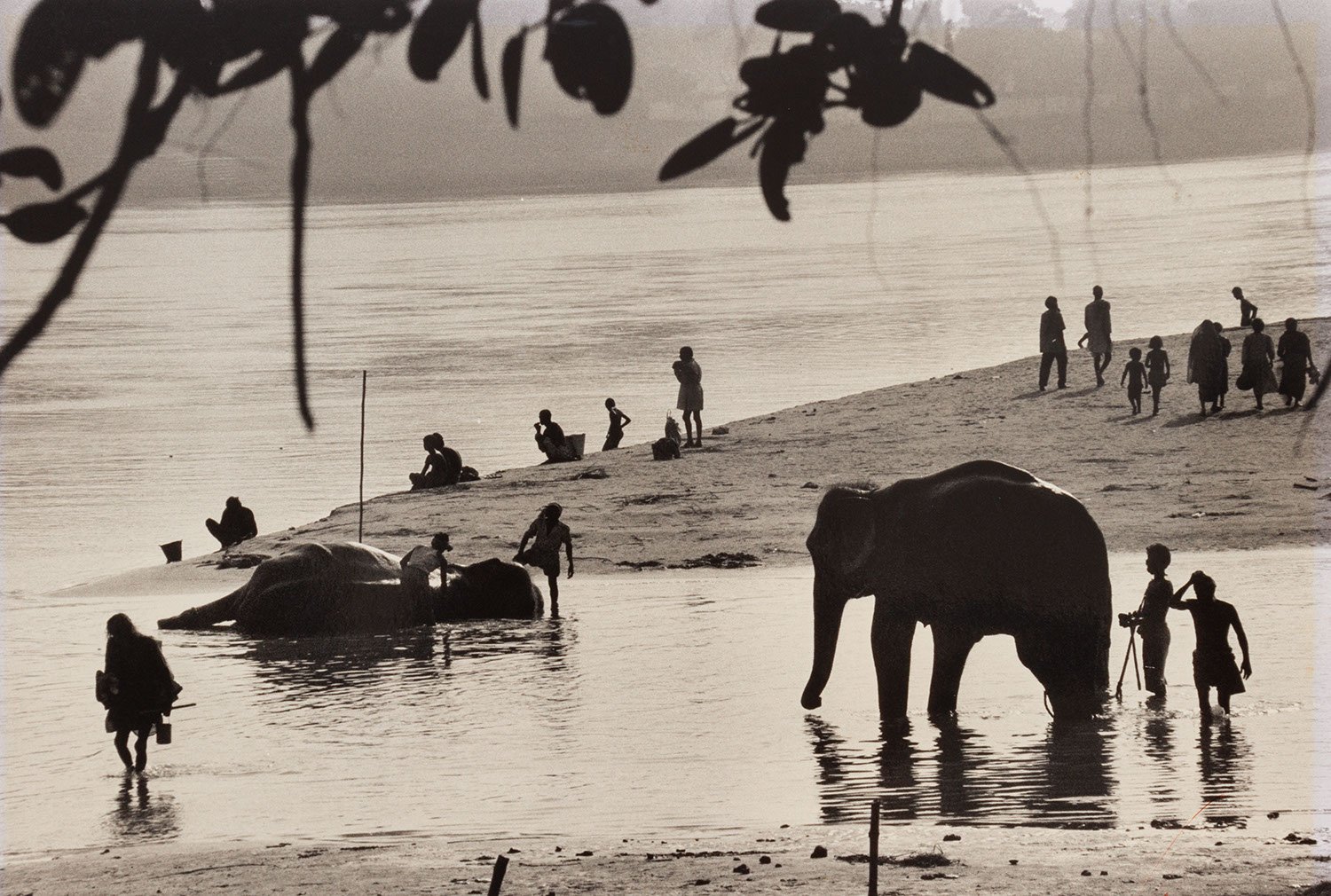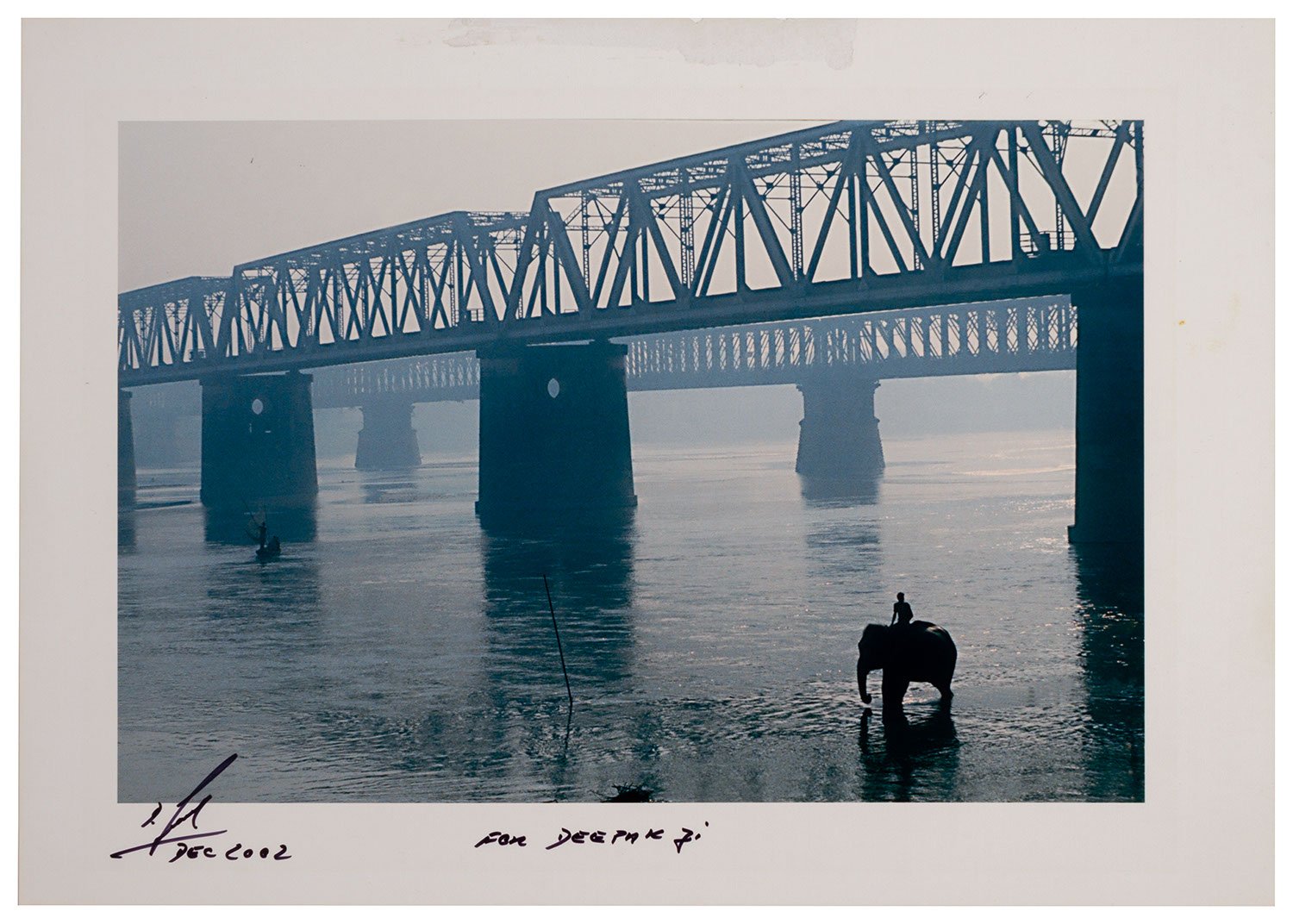What a Picturesque Scene
In his 1768 treatise Essay on Prints, the English clergyman, writer and artist William Gilpin defined the idea of the Picturesque as “That kind of beauty which is agreeable in a picture”. From the late 18th century until the invention of photography, the Picturesque was one of the most fashionable styles of art in the Western world.
Here are two examples of the style. On the right is a print made from a drawing by the artist Samuel Daniell in 1804 from his famous book African Scenery and Animals.
Below, is an aquatint of elephants at the bank of a river in India, made by his uncle Thomas Daniell, from the book, Oriental Scenery, published in 1816.
Brush aside some leaves from low-hanging, twisted trees, take a turn along a long disused road, come up to the river bank and suddenly, you are confronted with a scene that is a perfect balance of the beautiful and the sublime.
These are beautiful, seductive photographs. There is something of the timeless in them, and their beauty is easy to decode – compositionally careful, they use scale to emphasise both the majesty of the landscape as well as the smallness of man in the face of it. But the Picturesque was not merely a careful construction; they were also a means to discipline – both nature and the people who inhabit it – and bend it to the will of the observer. The Picturesque was one of the most memorable artistic styles to emerge from the colonial period. And while that doesn’t necessarily implicate the photographs or the photographers who imbibe its visual form, it does make more evident the ghost of Empire that lingers in every Picturesque image.
Of course, the Picturesque style did not die out with the proliferation of photography. Rather, as is immediately apparent from Dieter Ludwig’s photograph of elephants bathing in the Ganges in Bihar, the Picturesque simply migrated into photography. Intriguingly, photography turned out to be one of the most perfect ways to perpetuate the ideas of the Picturesque movement long after its popularity faded in other arts.
The key to its longevity within photography lies within the foundational concept of the picturesque – ‘it is an aesthetic that almost does not exist independently in nature, but only in its perception by the viewer -- and particularly in its arrangement’.
The picturesque view is a creation, that still gives the illusion of scene that one simply happens to come across in nature. The photograph too is a creation, that gives the illusion of a scene that the photographer simply happened to come across.
Elephant Fair, Bihar
1997
Deiter Ludwig



